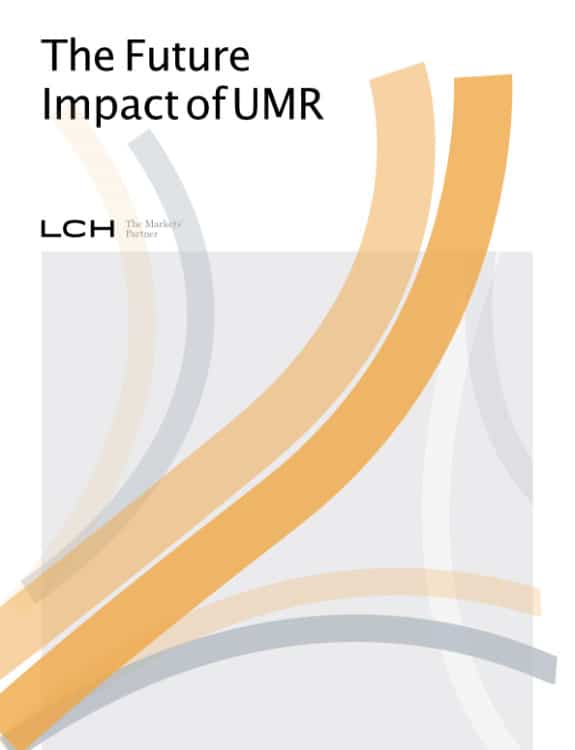 The final phases of the uncleared margin rules (UMR) may prove onerous and as participants start to evaluate the process, it is less clear whether the huge operational lift of the final two phases will produce a proportionate gain for the industry, according to a recent LCH White Paper – The Future Impact of UMR.
The final phases of the uncleared margin rules (UMR) may prove onerous and as participants start to evaluate the process, it is less clear whether the huge operational lift of the final two phases will produce a proportionate gain for the industry, according to a recent LCH White Paper – The Future Impact of UMR.
The report notes that for many, the first two phases of UMR were sufficient to achieve the strategic goals of regulators.
The International Securities and Derivatives Association (ISDA) estimates that Phases 5 and 6 will cover 1,100 entities and between these entities there will be 9,000 separate counterparty relationships (each of which needs two segregated accounts). This is a different order of magnitude to the earlier phases, although a large percentage of these entities will not have to post initial margin.
A recent study by State Street notes that many are not ready. It showed that 81% of the 300 asset managers polled from 16 countries with a September 2021 or September 2022 deadline, were unprepared to comply with all facets of the rules.
It found that only 19% are fully ready for compliance, while 42% are preparing in all relevant functions, with the remaining 39% have only begun preparations in just a few areas.
Earlier this year, the Basel Committee for Banking Supervision (BCBS) and the International Organisation of Securities Commissions (IOSCO) agreed to extend the deadline for completing the two final implementation phases of the margin requirements for non-centrally cleared derivatives by one year.
Under the revised deadlines, covered entities with an aggregate average notional amount of non-centrally cleared derivatives above €8 bi will be subject to the requirements on 1 September 2021.
Unsurprisingly, given the widespread changes required, UMR has been an expensive proposition. As the LCH paper points out, millions of dollars have been spent on legal fees, operational overhead and the re-platforming of businesses.
However, it notes this is offset by improved risk management as well as stronger and more robust infrastructure which proved its mettle in that it weathered the volatility wrought by Covid-19.
The LCH paper also noted that the decade long programme has positioned central clearing as a preferred option for most participants in derivatives markets.
As a result, it believes that the regulation has ushered in a new era of opportunity for the derivatives market, as it seeks to deliver even more capital and operationally efficient solutions to drive the industry forward.
©BestExecution 2020




